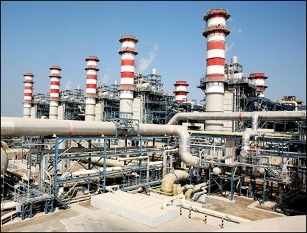The Shuweihat 3 Independent Power Plant (IPP) project reached financial closure after a delay which makes it the worlds biggest power project financing this year.
The project is estimated to cost US$1.5 billion with the sponsors now having successfully raised financing. Japan Bank for International Cooperation (JBIC) and Export Import Bank of Korea (KEXIM) have pledged US$400mn each, with the remainder to be met by a number of commercial banks.
The Shuweihat 3 is the third independent plant to be developed in the Shuweihat region of Abu Dhabi. Both the Shuweihat 1 and 2 were IWPPs, whereas the third project is a 1.6 GW gas-fired power plant and is expected to be ?operational by spring 2014.
The IPP was launched 14 months ago and was a replacement for the Shuweihat 3 Independent Power and Water Plants (IWPP) deal that was cancelled in 2009 during the global financial crisis.
The Abu Dhabi Water and Electricity Authority (ADWEA) awarded the 25-year contract to build and operate the Shuweihat 3 to a consortium of Korea Electric Power Corporation (KEPCO) and Sumitomo in February 2011 - ADWEA is also present in the consortium.
Andrew Newbery from Herbert Smith, who advised project sponsors Sumitomo Corporation and Korea Electric Power Corporation (Kepco), said: "the project's significance doesn't stop at the size of the financing. It's the first of what will no doubt be a number of IPP successes for Sumitomo and Kepco in Abu Dhabi," according to the Lawyer.
The closure of the deal highlights the strength of Abu Dhabi's power sector and could even set the path towards a financing of Abu Dhabi's first nuclear plant by South Korean development bank KEXIM, which is set to be built by KEPCO.
According to Business Monitor International, Abu Dhabi is expecting to have 12,800MW of installed capacity by 2012; however, demand at that point is anticipated only marginally less at 12,500MW, indicating the continued need for investment.
Over the next six to eight years it is expected that US$8 billion will be invested in the sector, to meet the 7-8 per cent growth in demand for water and utilities anticipated over the same time span.




